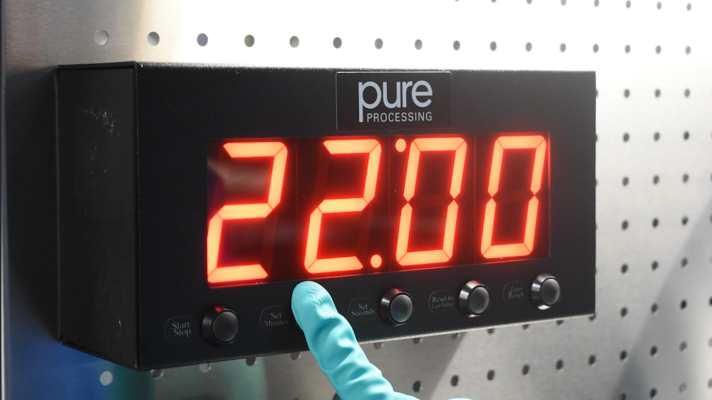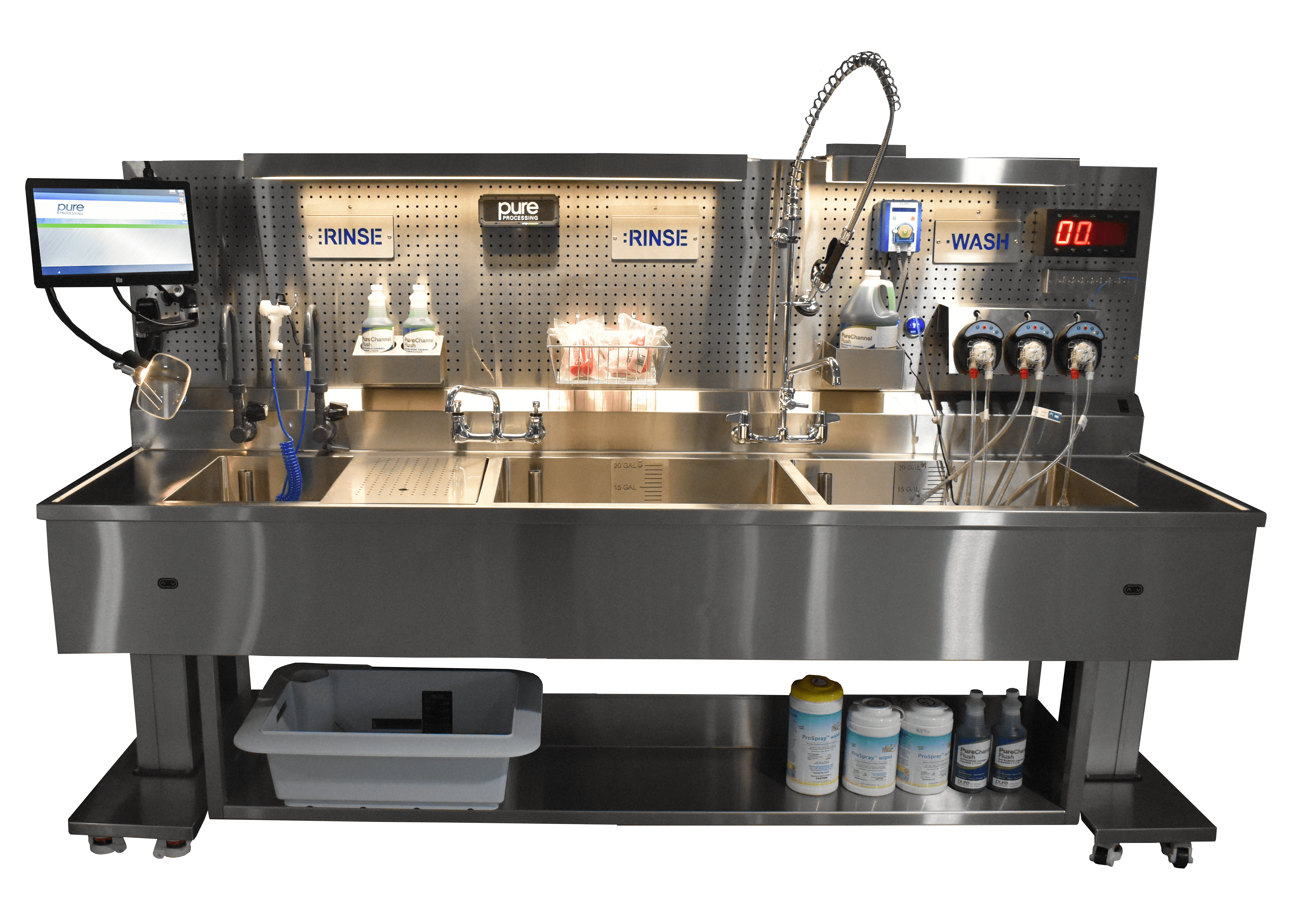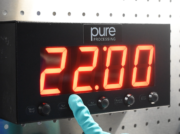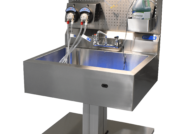
The Cost of Cutting Corners
“One bad apple spoils the whole barrel.” It is the age-old adage that reminds us of influence and its effect on outcomes. What if we took this same ideology and applied it to our reprocessing department? The repercussions of even one corner being cut can impact the integrity of the rest of the intricately connected process.
What is a cut corner?
A cut corner can happen at any point in the process and may not be intentional or even immediately realized. However, the impact can be all the same; it can hinder our professionals’ abilities to wholly comply with the standards.
It might be a shortened soak time, or a skipped visual inspection step. Sometimes it’s caused by the absence of a required tool or a full court press for time. Whether it occurs as a shortened step in decontamination or a rapid removal from SPD before adequate cooling before use, those instruments now face the unprecedented question: can SPD verify its sterility?
Cut corners can also be gaps in a process that leads to workarounds, missed steps, or broken transition from one process to the next in medical device reprocessing. A gap could be the missed suction that goes through the washer never flushed and result in a contaminated set on the clean side. Any time we lose a smooth transition from dirty to clean to storage, we are experiencing the repercussion of a cut corner.
What’s the cost to cutting corners?
Each step proceeding the last can be impacted by a lapse in process. We get further adage of “If it’s not clean, it can’t be sterile”, which further defines the impact of skipped steps.
Best case scenario is that the missed step is identified before the instruments are stored or make their way into patient care, but it must be reprocessed. This can lead to additional labor, and increased workloads.
In an analysis completed by BMJ Quality Safety, their findings revealed that more than 55% of tray errors occurred at the prep & pack phase of the process. (Catchpole, et al. 2021) Some of the documented consequences of these errors can include surgery delays and insufficient instrument inventory.
Cut corners can result in contaminated or damaged equipment that can also result in high repair or replacement cost. Just another reason that leaves the facility with a lack of sufficient treatment supplies.
Aside from the financial cost, there is also the cost of your team. Their morale, engagement and possibly even their reputation. Can your customer guarantee quality, just-in-time product? There is a rippling effect to corners cut that not only impacts the medical device, it touches our department, our colleagues and ultimately the patient.
How do we prevent or close present gaps in reprocessing?
What are some practical steps sterile processing or GI professionals can take to prevent the development of these sharp-edged corners during instrument reprocessing?
Know the standards and instructions for use (IFU)
Routinely review IFU’s against your current practice. Does an IFU have a specific PSI pressure for flushing, or specific soak time? What about the IFU that doesn’t provide validated steps for immediate use steam sterilizations (IUSS)?
When looking at the standards, understand the recommendations and steps provided. This could be the required length of an endoscope leak test, or information required to be documented as part of your recordkeeping. Once you have those questions answered, it may be time to review your policies and procedures to ensure your teams know the steps required to perform the job according to your hospital’s requirements.
Collaborate & Plan
Having a strategic plan in place for improving existing policies and preparing for the future can help prevent gaps or missed steps. Planning for peak volumes and keeping accountable to your policies and procedures can support your team with what it needs to succeed and provide comprehensive care to the medical devices they process. You can’t do this without having a team of stakeholders working together to make this happen. This could include infection prevention, operating room leadership and others who can advocate for the need for fully comprehensive processes.
Education
Often going hand in hand with policies and procedures is the importance of educating our teams. Making your education interactive and engaging or by introducing hands-on exercises can help your team understand and adjust their work patterns to employ safe and proper practices.
Quality Assurance
Routine audits can reveal inconsistencies in processes early on and can even aid in providing insight to patterns and impact. When doing audits, cut corners and gaps may not be easily spotted. Watching for those earlier mentioned workarounds, and technical inconveniences that negatively impact your team and their workflows, can often lead you to the root cause of the issue.
By increasing your collaboration, understanding the standards and IFU requirements and how they influence the process can alleviate the temptation to shorten the process and empower our teams to advocate for the need for time, resources, and support.
Every step in the reprocessing department has a corner and with that corner comes a cost, both the cut corner and the fully finished edge. It’s how we choose to invest in our departments, the process and our teams that leaves a lasting impression on the medical devices, our teams, and the patient we serve.
References:
Alfred M, Catchpole K, Huffer E, Fredendall L, Taaffe KM. Work systems analysis of sterile processing: assembly. BMJ Qual Saf. 2021 Apr;30(4):271-282. doi: 10.1136/bmjqs-2019-010740. Epub 2020 Oct 19. PMID: 33077512; PMCID: PMC7979531. https://pubmed.ncbi.nlm.nih.gov/33077512/
https://www.ormanager.com/the-role-of-infection-prevention-when-auditing-spd/





